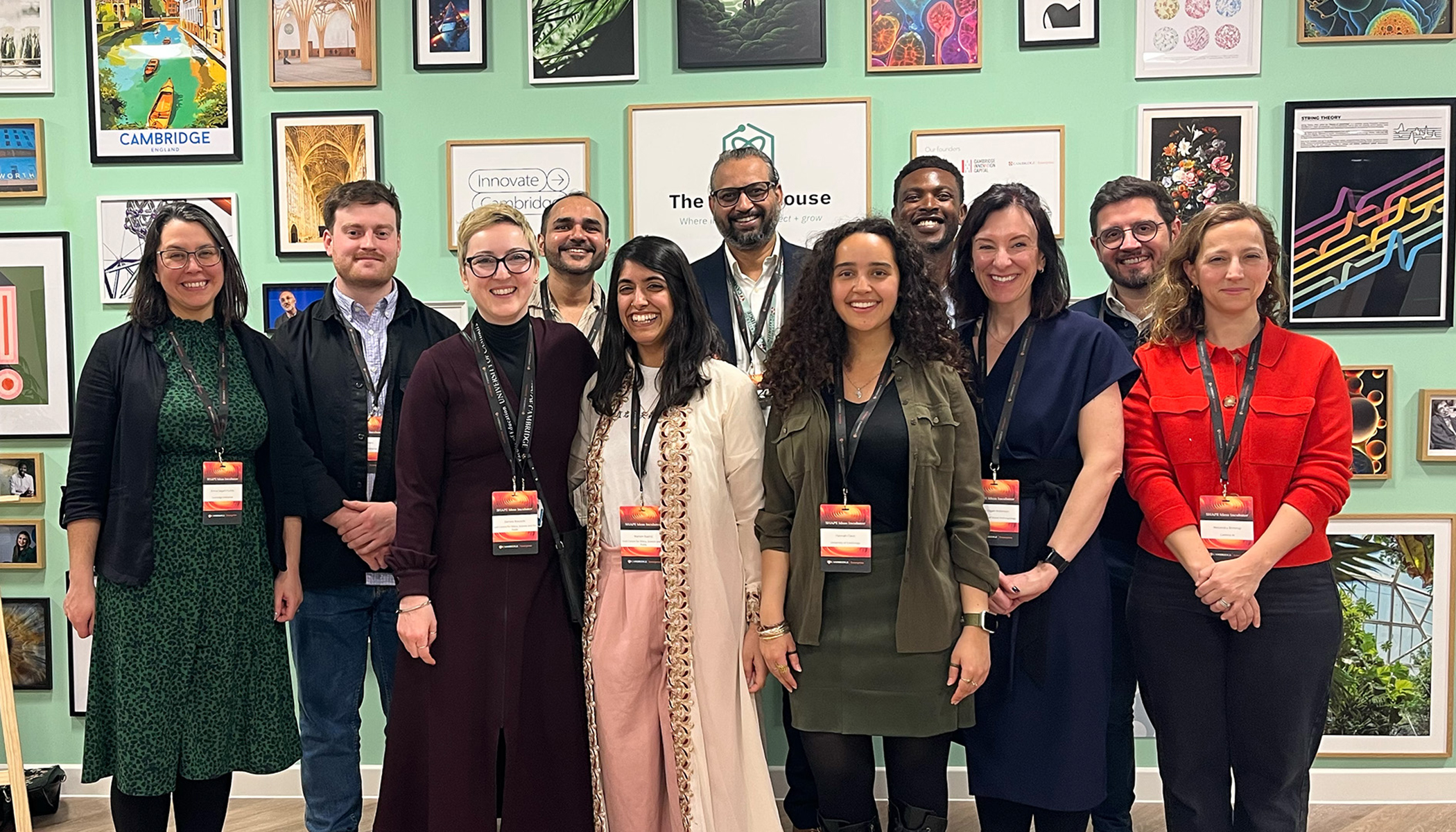Cambridge Enterprise portfolio company Horizon Discovery has been named ‘Most Promising Company’ at the Personalized Medicine World Conference 2013. Horizon was chosen from 32 shortlisted companies based on technology, historical performance of the company, and forward business plans.
The award was decided on a vote by a panel of pharma executives, healthcare professionals and US venture capitalists (60%) combined with votes from delegates attending the conference (40%). Horizon was named the winner in each voting demographic.
This award is a testament to the strength of the Horizon team, and comes in recognition of what we have already achieved and what we are working towards – making a difference in the lives of cancer sufferers.
Dr Darrin Disley
Horizon’s proprietary technology, GENESIS™, is the most precise and flexible genome editing technology available. Using GENESIS™, any endogenous gene sequence of a human or mammalian cell line can be altered quickly, reliably and without off-target effects. Horizon has applied GENESIS™ to create over 500 X-MAN™ isogenic cell lines, the world’s first source of genetically-defined and patient-relevant human cell lines, accurately modeling the disease-causing mutations found in cancer patients. These ‘patients-in-a-test-tube’ are being used by academic and industry leaders (as well as Horizon itself in internal drug discovery programs) to identify the effect of individual genetic mutations on drug activity, patient responsiveness, and resistance, leading to the successful prediction of which patient sub-groups will respond to currently available and future drug treatments.
GENESIS™ and X-MAN derived products and services are also finding wide industrial application in bio-pharmaceutical process optimization, clinical diagnostic development, and the provision of reference standards for genomic based clinical research platforms.
Horizon’s CEO, Dr Darrin Disley, commented: “This award is a testament to the strength of the Horizon team, and comes in recognition of what we have already achieved and what we are working towards – making a difference in the lives of cancer sufferers. The award also shows how competitive a UK based biotech company can be with its US and global counterparts. I look forward to leading Horizon in the next stages of the company’s development.”
According to Tal Behar, co-founder of PMWC: “Personalised medicine is one of the most revolutionary accomplishments mankind has ever seen. Companies highlighted during this year’s competition are at the forefront of this achievement and help solve the most pressing healthcare challenges of our time.”
The award process was moderated by Melinda Richter, Founder and CEO, Prescience International: “We are very pleased and honored to be involved in an award that features such promising scientific breakthroughs from around the world,” said Richter. “This year again, the quality of the award competitors demonstrates how much personalized medicine continues to grow.”











